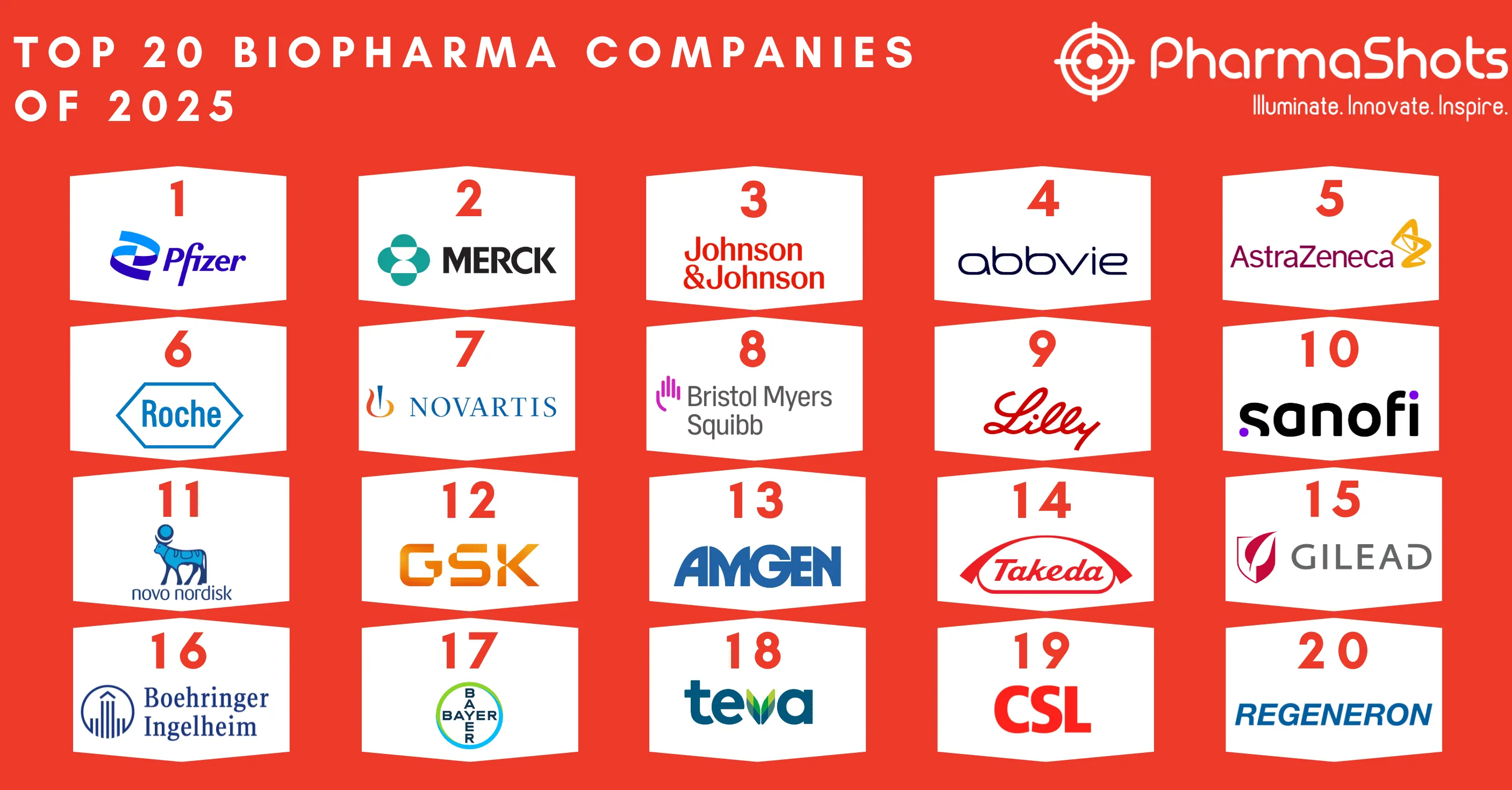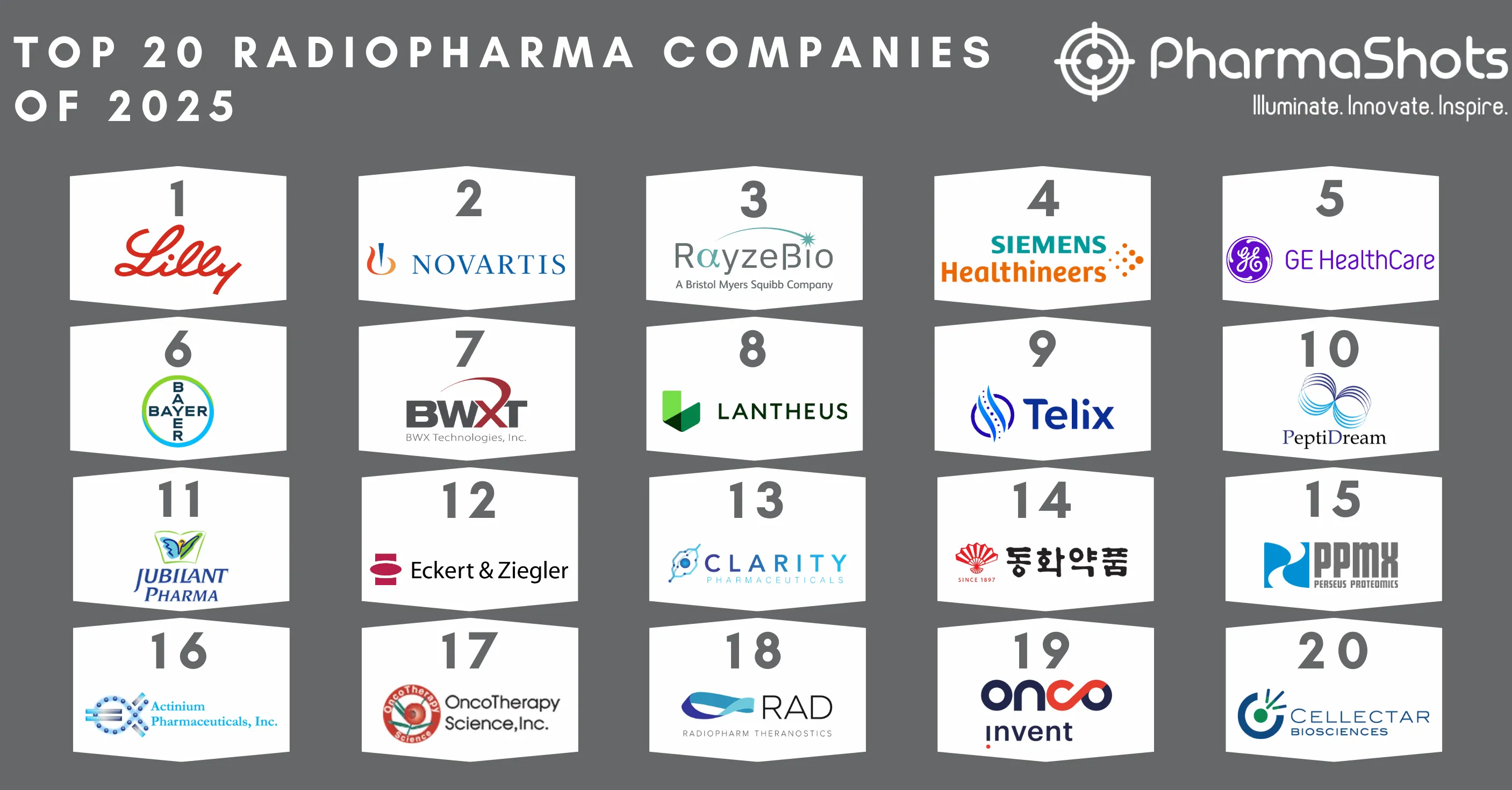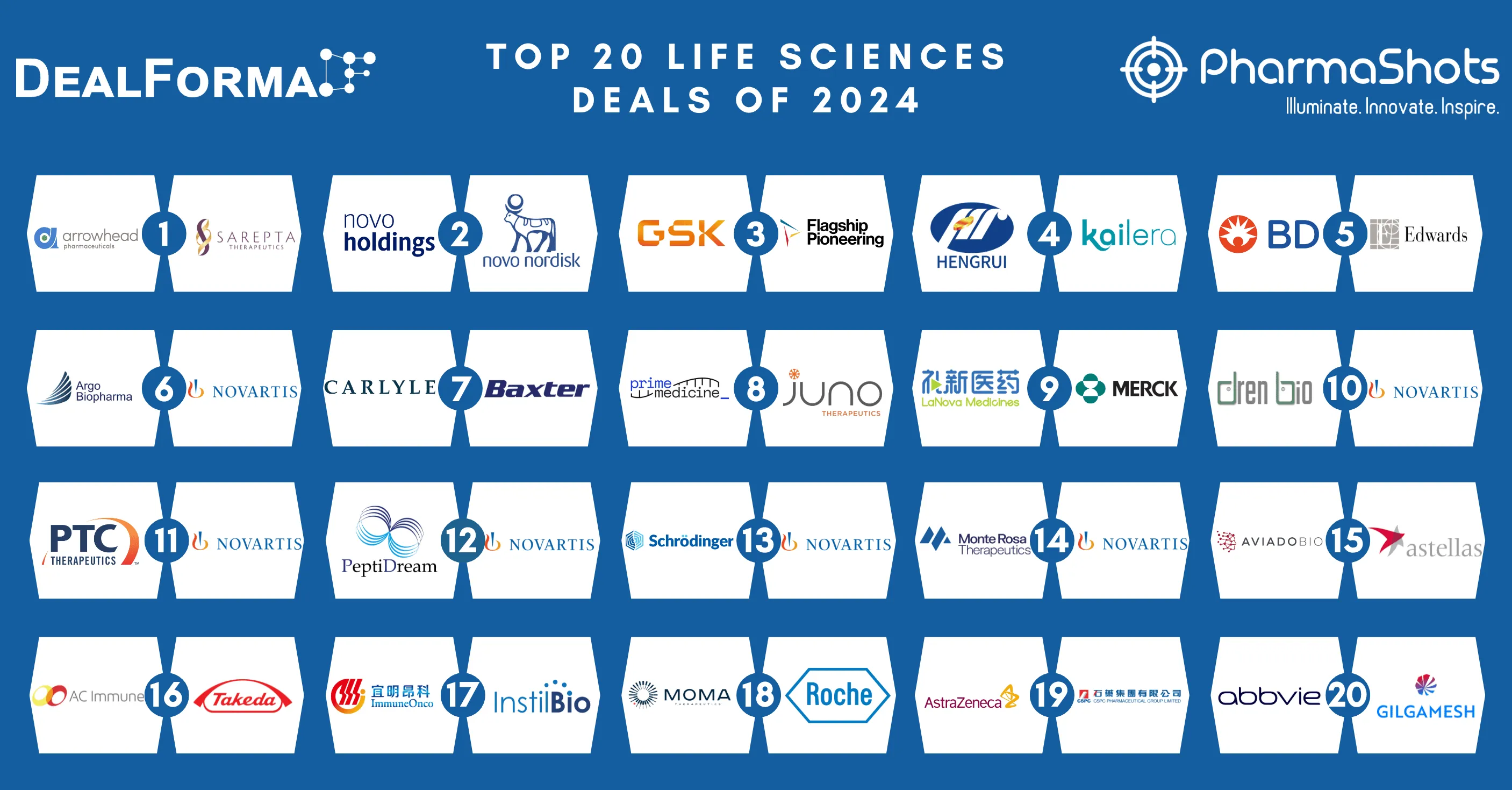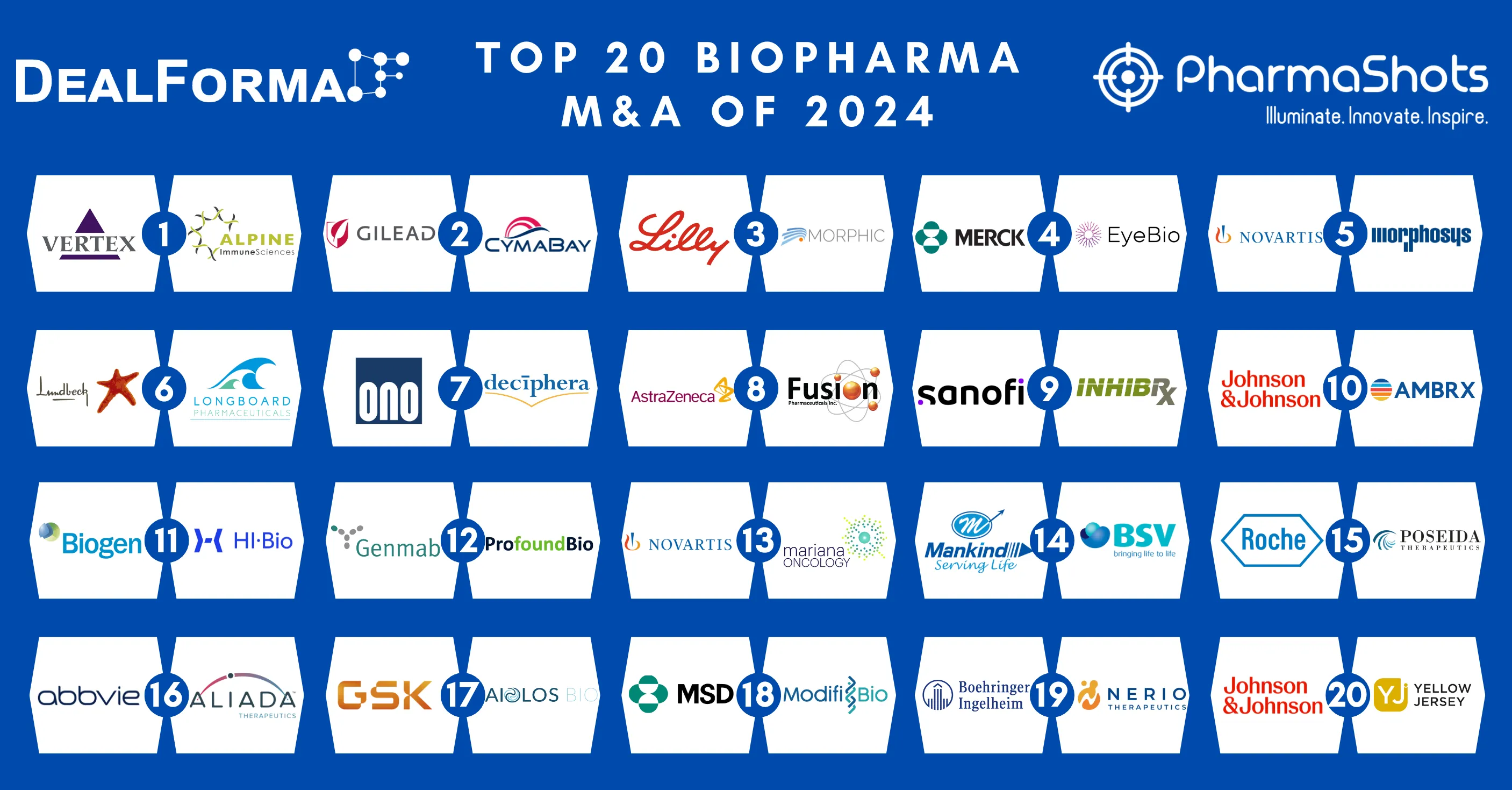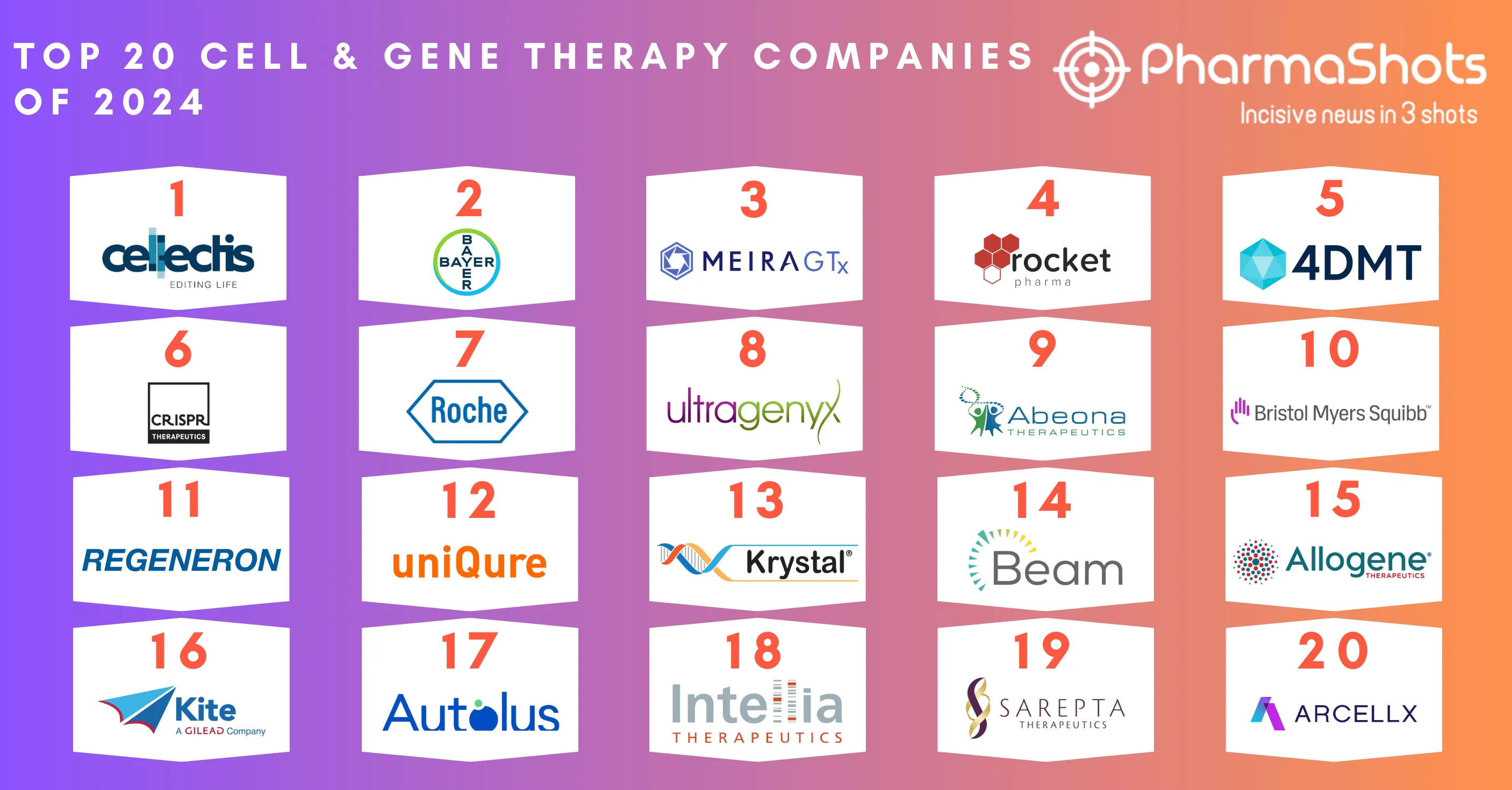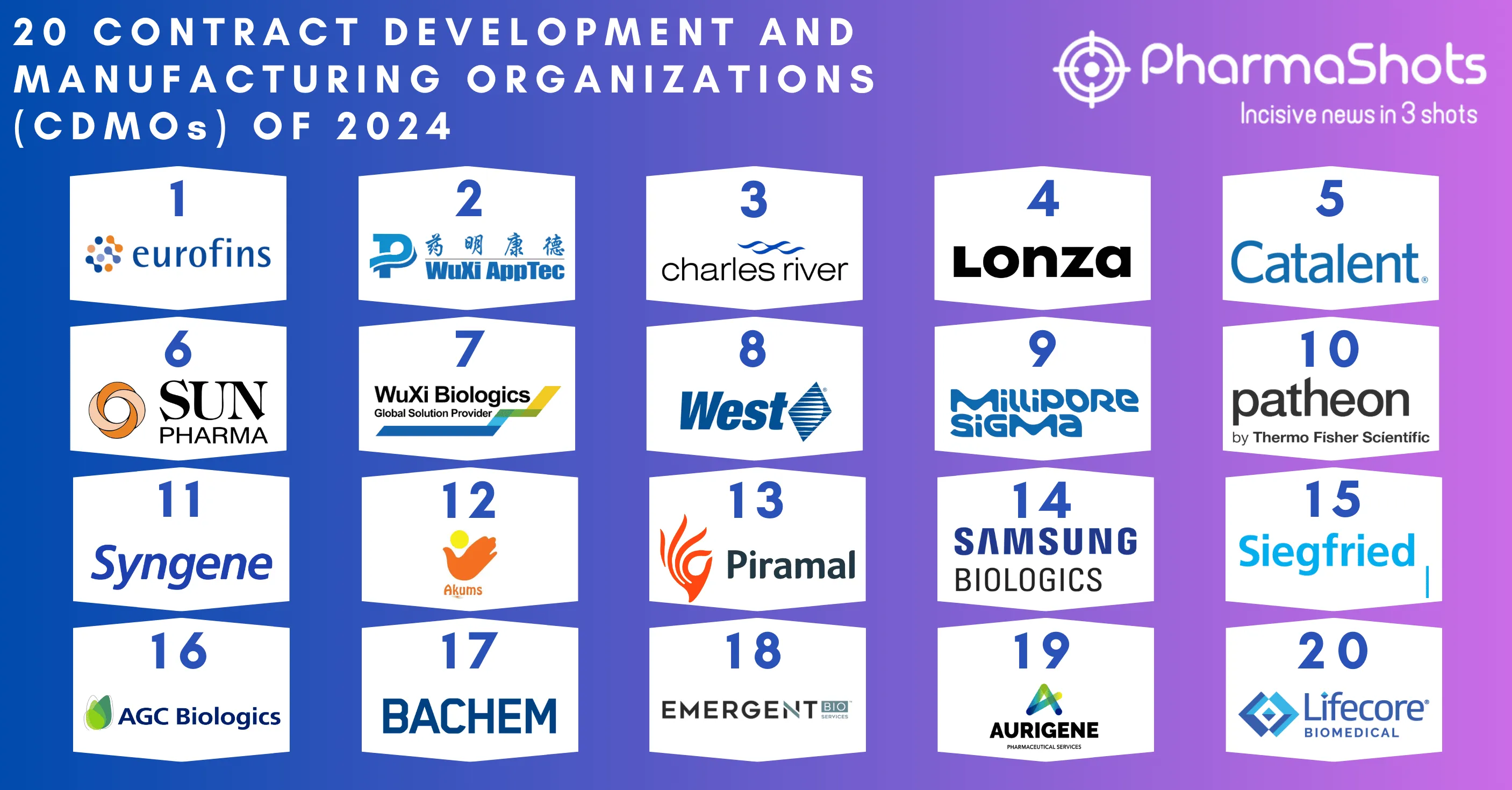
Top 20 Medical Device Companies Based on 2019 Revenue
The Medical device market is growing with evolving needs of patients and with their emerging diseases encouraging them to develop novel and innovative therapies or devices for maintaining quality of life. The ledger for 2019 of medical devices has shown changes for multiple companies but the position for Medtronic remains same to be one top with generated revenue of $30.55B. PharmaShots has compiled a list of top 20 medical device companies based on their 2019 medical device revenue.
Medical Device Revenue: $5.13B Total Employees: ~17-500
Founded Year: 1856 Stock Exchange: LON
Market Cap: ~$17.72B Headquarters: London- United Kingdom
Smith+Nephew is a UK based medical technology company which is divided into three global franchises of Orthopedics- Advanced Wound Management- Sports Medicine & ENT. In Mar 2019- Smith & Nephew acquired Osiris Therapeutics for $0.6B with the focus to strengthen and expand its footprints in regenerative medicine market. In Nov 2019- the company launched its OR3O Dual Mobility System for use in primary and revision hip arthroplasty.
Medical Device Revenue: $5.24B Total Employees: ~80-495
Founded Year: 1891 Stock Exchange: NYSE
Market Cap: ~$38.45B Headquarters: Amsterdam- Netherlands
Royal Philips is a diversified company focusing on improving public health with meaningful innovation offering treatments at a lower cost. Philips Healthcare has focused their research and development efforts to develop new approaches in the areas of radiology- cardiology- oncology- decision support- home health- respiratory and other critical areas. In Oct 2019- Philips signed an agreement with Air Ambulance Kent Surrey Sussex for providing emergency services in the UK. In Dec 2019- Philips collaborated with Humana to advance or improve healthcare outcomes in selected high-risk Medicare Advantage members with congestive heart failure.
Medical Device Revenue: $5.29B Total Employees: ~205-000
Founded Year: 1891 Stock Exchange: NYSE
Market Cap: ~$56.68B Headquarters: Illinois- United States
GE Healthcare is a leading global wholly owned subsidiary of General Electric Company focused on the development- manufacturing- and commercialization of healthcare technologies. The portfolio provides solutions and products in diagnosis- treatment- and monitoring of patients. The company has more than 4M imaging- mobile diagnostics and monitoring units installed globally in 43 global centers. GE Healthcare also have an AIR Technology- AI-based technology for intelligent MR slice presentation using artificial neural networks delivering consistent and accurate scans. In Sep 2019- GE Healthcare launched its super-resolution microscope- the DeltaVision OMX Flex for highly stable- multichannel imaging platform optimized for structured illumination microscopy (SIM)- also including EDGE confocal technology allows deeper imaging into samples- tissues- or organisms. Additionally- in Sep 2019- the company received the US FDA's 510(k) approval for its novel Critical Care Suite including collection of artificial intelligence (AI) algorithms embedded on a mobile X-ray device for detection of suspected pneumothorax- a type of collapsed lung.
.png)
Medical Device Revenue: $5.40B Total Employees: ~25-378
Founded Year: 1921 Stock Exchange: TYO
Market Cap: ~$133.20 Headquarters: Tokyo- Japan
Terumo Corporation is a Tokyo based firm divided into four segments: Interventional systems- Terumo Business System- Medical Products and Pharmaceutical Solutions. In Sep 2019- Terumo launched its Fentanyl injection- a Prescription-only analgesic for pain management in Japan. In Oct 2019- Terumo with its partner Mallinckrodt received TGA's approval for Uvadex (methoxsalen) for its usage with the THERAKOS CELLEX Photopheresis System to treat Chronic Graft Versus Host Disease (cGvHD) and Skin Manifestations of Cutaneous T-Cell Lymphoma (CTCL) in adults. In Sep 2019- Terumo launched its Fentanyl injection- a Prescription-only analgesic for pain management in Japan. In late 2019- Terumo acquired Aortica Corporation with the focus to grow its Vascular Graft Business while contributing to Personalized Aortic Therapy.
Medical Device Revenue: $5.72B Total Employees: ~35-124
Founded Year: 1919 Stock Exchange: TKO
Market Cap: ~$21.59B Headquarters: Tokyo- Japan
Olympus Corporation is a Japanese manufacturer of optics and reprography products. Olympus also has a portfolio of multiple technologies like Optical- Opto-Digital- Precision including Bioscience and Digital Imaging. In Mar 2019- Olympus developed an open platform AI-assisted for the detection and diagnosis of diseases during endoscopic examinations.
Medical Device Revenue: $6.95B Total Employees: ~60-000
Founded Year: 1969 Stock Exchange: NYSE
Market Cap: ~$111.61B Headquarters: Washington- D.C- United States
Danaher is focused on the design- manufacturing- and marketing of industrial and consumer products. It operates in five segments: Test & Measurement- Dental- Industrial Technologies- Environmental- and Life Science & Diagnostics. In Feb 2019- Danaher acquired biopharma unit of GE LifeScience for $21.4B- with the focus to strengthen and advance its life science portfolio with the addition of GE's bioprocessing technologies for developing therapies. In Oct 2019- Danaher sold its Life Science Portfolio to Sartorius for $750M which included label-free biomolecular characterization (Fort Bio)- chromatography hardware and resins- and microcarriers (SoloHill) businesses with the focus to strengthen Sartorius presence in bio-analytics and bioprocessing segments.
Medical Device Revenue: $7.36B Total Employees: ~20-000
Founded Year: 1945 Stock Exchange: SIX
Market Cap: ~$30.37B Headquarters: Hunenberg- Switzerland
Alcon is a global leader in eye care business and having a complementary business in Surgical and Vision Care- to treat disorders related to the eye. Alcon's surgical portfolio includes technologies and devices for cataract- retinal- refractive surgery- ATIOLs to treat cataracts and refractive errors- like presbyopia and astigmatism. In Mar 2019- Alcon acquired PowerVision for $0.2B for the expansion of its ophthalmology portfolio utilizing PowerVision's advanced technology intraocular lenses (AT-IOLS) to deliver therapies to cataract surgery patients desiring spectacle independence. In Aug 2019- Alcon Launched PRECISION1 Daily Disposable Contact Lenses based on its SMARTSURFACE technology enhancing its DAILIES TOTAL1 and DAILIES AquaComfort PLUS contact lenses in the US.
Medical Device Revenue: $7.43B Total Employees: ~96-163
Founded Year: 1902 Stock Exchange: NYSE
Market Cap: ~$83.87B Headquarters: Minnesota- United States
The 3M Company- formerly known as the Minnesota Mining and Manufacturing Company- is an American multinational company that focusses on Dental- Skin- and wound care- Surgical solutions- personal care products. In Dec 2019- 3M company completed the acquisition of M*Modal's Technology Business for $1B focusing on the improvements in the patient experience- while enhancing documentation accuracy and operational efficiency. Additionally- in late 2019- the company agree to divest its Drug Delivery Business to Altaris Capital Partners for $0.65B with its expected closure in H1'20.
Medical Device Revenue: $7.98B Total Employees: ~19-900
Founded Year: 1927 Stock Exchange: NYSE
Market Cap: ~$25.23 Headquarters: Indiana- United States
Zimmer Biomet- is a global leader in musculoskeletal healthcare that design- manufacture- and markets orthopedic reconstructive products- sports medicine and trauma products- spine- craniomaxillofacial and thoracic products- dental implants- and related surgical products. In Jan 2019- Zimmer received the US FDA's 510 (k) Clearance for its ROSA Knee System for robotically assisted surgeries. In Aug 2019- the company received the US FDA's approval for its Tether to treat scoliosis- providing a fusion-less alternative for young patients requiring surgery.
Medical Device Revenue: $8.38B Total Employees: ~ 64-585
Founded Year: 1839 Stock Exchange: Nil
Market Cap: NA Headquarters: Melsungen- Germany
B. Braun Melsungen AG is a German medical and pharmaceutical device company offering a portfolio of anesthesia- intensive care- cardiology- extracorporeal blood treatment- and surgery. In Apr 2019- B. Braun launched its heparin sodium prefilled syringe in the US. In Sep 2019- the company with its partner Philips launched Onvision for real-time needle tip tracking in regional anesthesia.
Medical Device Revenue: $10.65B Total Employees: ~36-000
Founded Year: 1979 Stock Exchange: NYSE
Market Cap: ~$48.68 Headquarters: Massachusetts- United States
Boston Scientific Corporation is a global developer- manufacturer- and marketer of medical devices used for interventional medical specialties. In May 2019- the company planned to initiate OPTION Study for its Watchman FLX device for the reduction of stroke risk in post-AF ablation. Additionally- in May 2019- the company acquired Vertiflex for its Superion Indirect Decompression System. In Nov 2019- Boston Scientific acquired BTG with its Interventional Medicine Portfolio to strengthen its minimally invasive treatments including TheraSphere Y-90 radiotherapy- GALI cryoablation and EKOS Endovascular System for treatment of cancer and vascular diseases.
Medical Device Revenue: $11.36B Total Employees: ~50-000
Founded Year: 1931 Stock Exchange: NYSE
Market Cap: ~$44.04B Headquarters: Illinois- United States
Baxter is an American health care company focuses on products to treat hemophilia- kidney disease- immune disorders- and other chronic and acute medical conditions. The companies medical products unit portfolio contains intravenous products used in the delivery of fluids and drugs to patients- inhalational anesthetics- contract manufacturing services- including products to treat end-stage renal disease and hemodialysis. In Mar 2019- Baxter collaborated with BioMerieux to develop Biomarkers for Acute Kidney Injury (AKI). In Aug 2019- the company's PrisMax System received the Health Canada approval to maximize the treatment in intensive care unit. In Sep 2019- Baxter acquired Seprafilm Adhesion Barriers from Sanofi for $0.35B and in Dec 2019- Baxter acquired Cheetah Medical for $0.23B.
Medical Device Revenue: $12.23B Total Employees: ~107,000
Founded Year: 1900 Stock Exchange: NYSE
Market Cap: ~$159.67B Headquarters: Illinois, United States
Abbott is a public healthcare company focused on the development, manufacturing, and commercialization of diagnostics, medical devices, nutritionals and branded generic pharmaceuticals. In Apr 2019, Abbott signed a non-exclusive license agreement with Banyan Biomarkers to develop TBI assessment blood test patients with traumatic brain injury in the US and global. In Jul 2019, Abbott’s MitraClip G4 receives the US FDA’s approval to treat mitral regurgitation. Additionally, in Sep 2019, Abbott collaborated with Sanofi to develop tools integrating their blood sugar tracking and insulin delivery technologies to help diabetes patients in managing their conditions.
.png)
Medical Device Revenue: $12.99B Total Employees: ~ 70,093
Founded Year: 1895 Stock Exchange: NYSE
Market Cap: ~$71.96B Headquarters: New Jersey, United States
Becton Dickinson, and Company (BD) is a global American medical technology company that manufactures and sells medical devices instrument systems, and reagents. The company is divided into three worldwide segments BD Medical, BD Interventional and BD life sciences offering solutions in Diabetes, Surgeries, Medical Management solutions, and Urology and Critical Care. In Apr 2020, the company received the US FDA’s second EUA for its BD SARS-CoV-2 Reagent Kit for BD MAX System for the detection of RNA from SARS-CoV-2 virus and has also received CE mark. In late 2019, the company also received the US FDA’s 510(k) clearance for its Phasix ST Mesh with Echo 2 Positioning System for Ventral Hernia Repair
.png)
Medical Device Revenue: $14.88B Total Employees: ~40,000
Founded Year: 1941 Stock Exchange: NYSE
Market Cap: ~$72.04B Headquarters: Michigan, United States
Stryker is one of the world’s leading medical technology companies that offer innovative products and services in Orthopedics & Spine, Neurotechnology, Medical, and Surgical. In Apr 2019, the company launched its Surpass Evolve, a next-generation flow diverter to treat brain aneurysms post the CE Mark, in the EU. In Nov 2019 Stryker acquired Wright Medical for $5.4B with the focus to enhance its global footprints in trauma & extremities with its expected closure in H2’20.
.png)
Medical Device Revenue: $15.63B Total Employees: ~49,500
Founded Year: 1971 Stock Exchange: NYSE
Market Cap: ~$15.24B Headquarters: Ohio, United States
Cardinal Health is an American multinational health care services company offering customized solutions for hospitals, health systems, pharmacies, ambulatory surgery centers, clinical laboratories, and physician offices worldwide. The portfolio focuses on Cardiovascular Products, Enteral Feeding, Patient Monitoring, Infection Control, Women and Baby Care products. In early 2019, Cardinal Health acquired Mirixa Corporation for its OutcomesMTM, focusing on the expansion of its portfolio allowing enhancement in pharmacy services network while standardize care delivery, documentation, and billing for MTM services. Additionally, in Apr 2019, Cardinal Health collaborated with PANTHERx Specialty Pharmacy to strengthen its cell and gene therapy capabilities.
.png)
Medical Device Revenue: $19.62B Total Employees: ~120,659
Founded Year: 1996 Stock Exchange: ETR
Market Cap: ~$23.27B Headquarters: Bad Homburg, Germany
Fresenius Medical Care is a global healthcare firm offering solutions in lifesaving medicines, biosimilars and technologies for infusion, transfusion, and clinical nutrition. The products and services are used to help care for critically and chronically ill patients. The portfolio offers devices used to deliver I.V. generic drugs, infusion therapies, and clinical nutrition products. In the fields of biosimilars, the portfolio offers treatments for autoimmune diseases and oncology. In 2019, the company expanded its clinical research activities in the field of kidney research, with a network of 550 researchers at over 350 locations.
.png)
Medical Device Revenue: $19.52B Total Employees: ~ 150,000
Founded Year: 1849 Stock Exchange: Euronext Paris
Market Cap: ~$15.63B Headquarters: Charenton-le-Pont, France
Essilor is a leading firm that designs, manufactures, and markets lenses to correct or protect eyesight. In Oct 2018 Essilor merged with Luxottica and renamed as EssilorLuxottica. EssilorLuxottica generated a revenue of $19.52B showing an increment of 4.4% in 2019. In Aug 2019, the company acquired Dutch rival GrandVision for $8B, while buying 76.72% stake for $31.71 per share.
.png)
Medical Device Revenue: $25.96B Total Employees: ~132,100
Founded Year: 1886 Stock Exchange: NYSE
Market Cap: ~$396.56B Headquarters: New Jersey, United States
J&J is an American multinational medical device, pharmaceutical, and consumer packaged goods manufacturing company. The company’s medical device department focuses on Orthopedics and Cardiovascular Diseases. In 2019, J&J signed an agreement with AdoRx Therapeutics to develop therapies for lung cancer while focusing for the expansion of its footprints in oncology using AdoRx’s fit-for-purpose adenosine receptor antagonists. In Feb 2020, J&J signs a collaboration agreement with Apple to launch Heartline Study App in the US.
.png)
Medical Device Revenue: $30.55B Total Employees: ~90,000
Founded Year: 1949 Stock Exchange: NYSE
Market Cap: ~$132.54B Headquarters: Dublin, Ireland
Medtronic is the world’s largest medical device company that majorly focusses on the Cardiac and Vascular Group (CVG), the Restorative Therapies Group (RTG), the Diabetes Group and the Minimally Invasive Therapies Group (MITG). In Feb 2020, Medtronic acquired Digital Surgery, a company enhanced in surgical AI, data and analytics, and digital education to enrich its robotic-assisted surgery platform and ai capabilities. In Sept 2019, Medtronics’ Envision Pro Continuous Glucose Monitoring System receives CE Mark for patients with either T1 & T2 diabetes to accurately measure glucose level and its trends over time to develop an optimal diabetes therapy plan. Additionally, in Dec 2019, Medtronic acquired Klue to strengthen the development of personalized closed loop technology for diabetes management.
Related Post: Top 20 Medical Device Companies Based on 2018 Revenue
Tags

This content piece was prepared by our former Senior Editor. She had expertise in life science research and was an avid reader. For any query reach out to us at connect@pharmashots.com
















